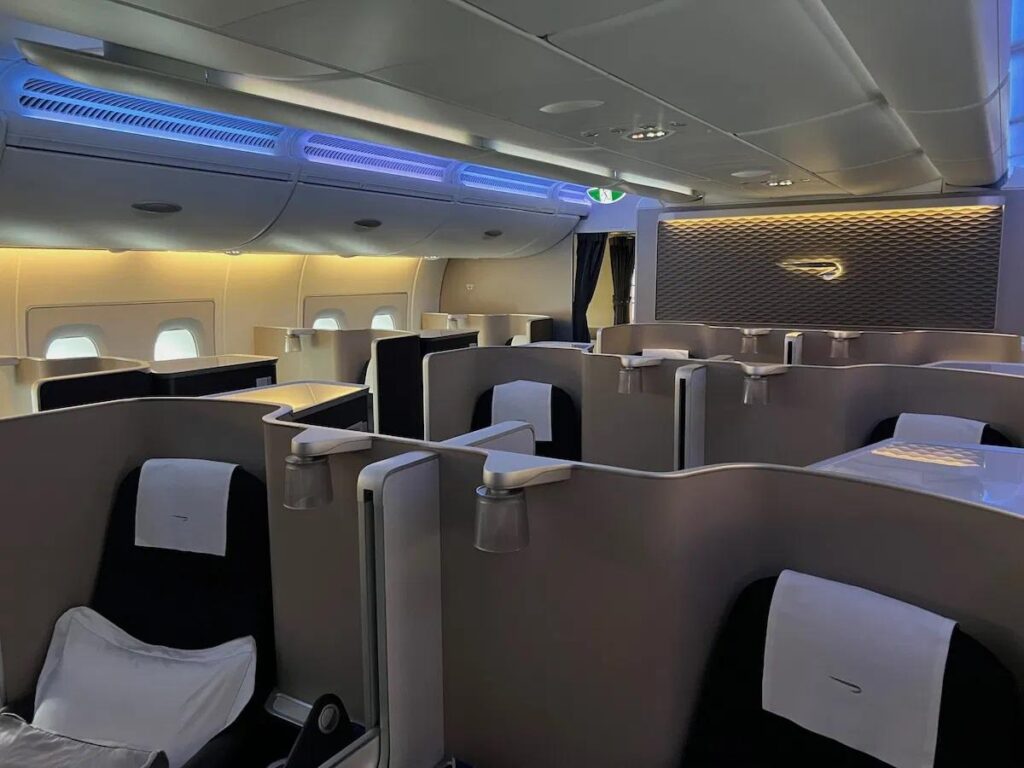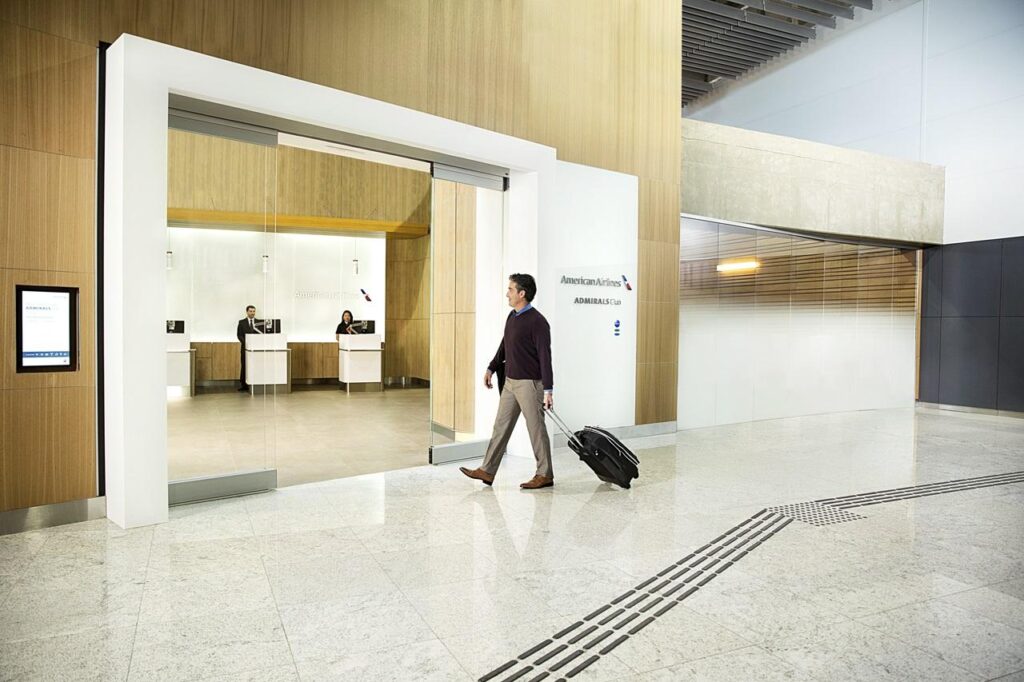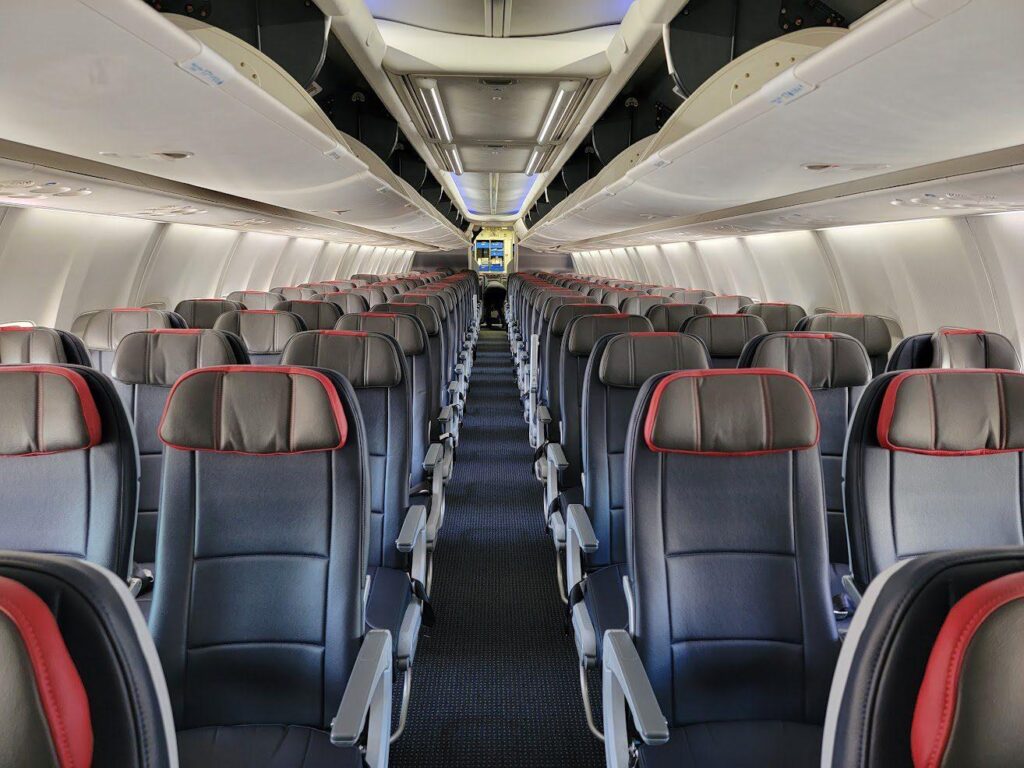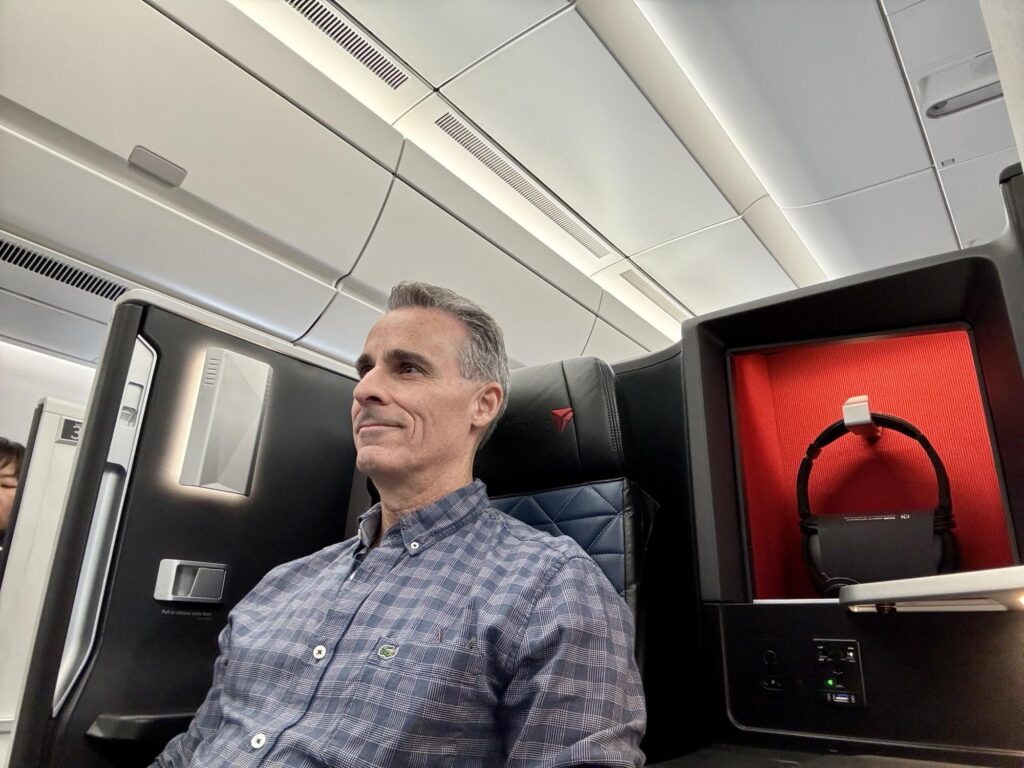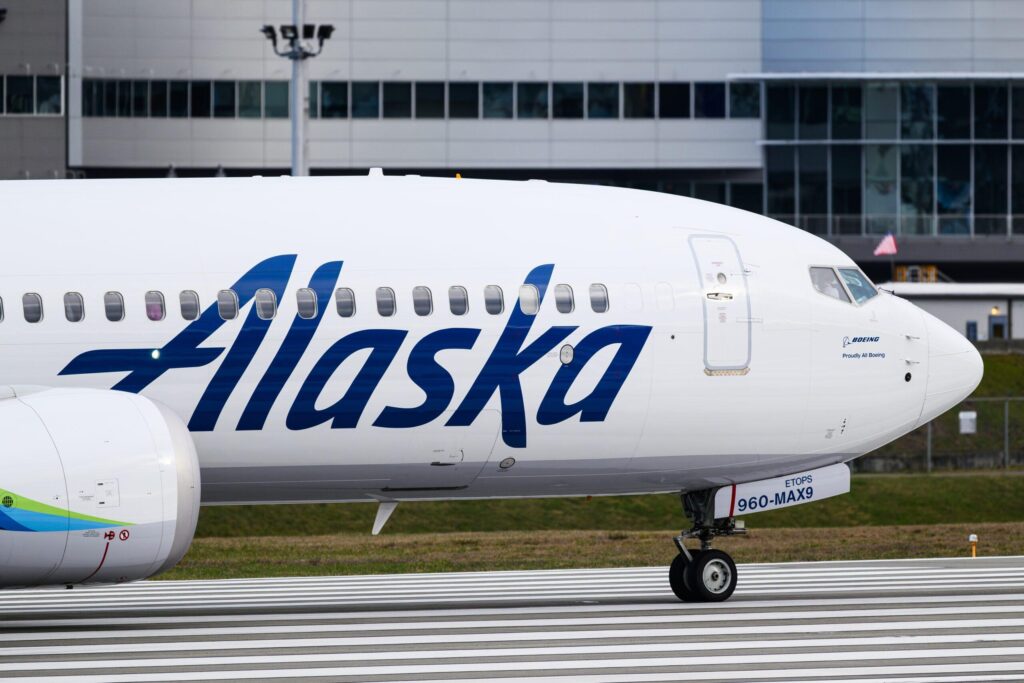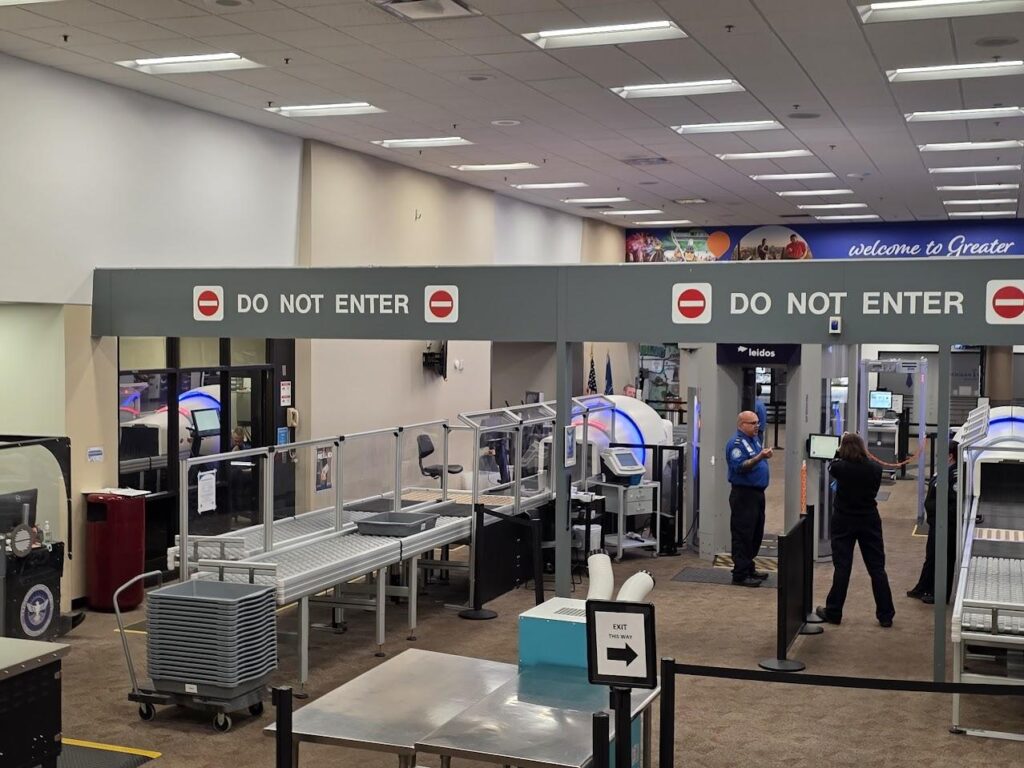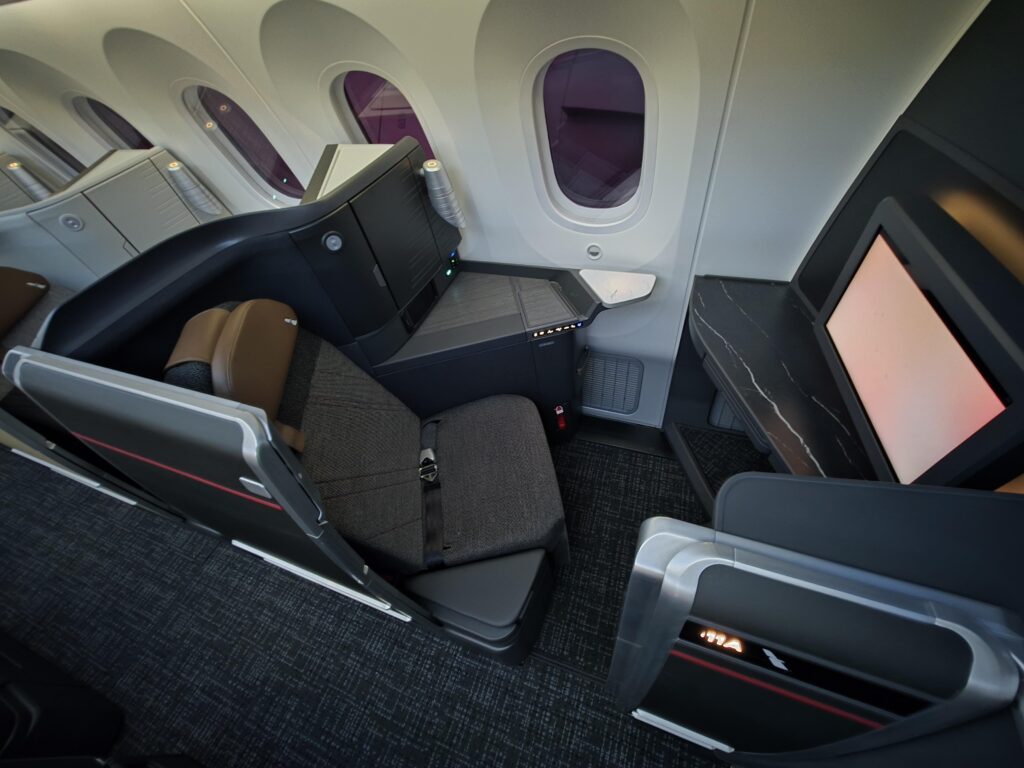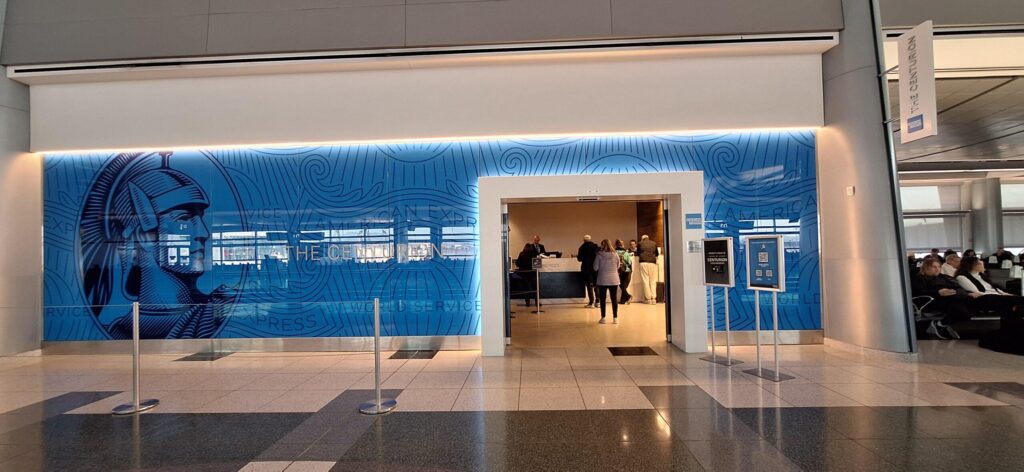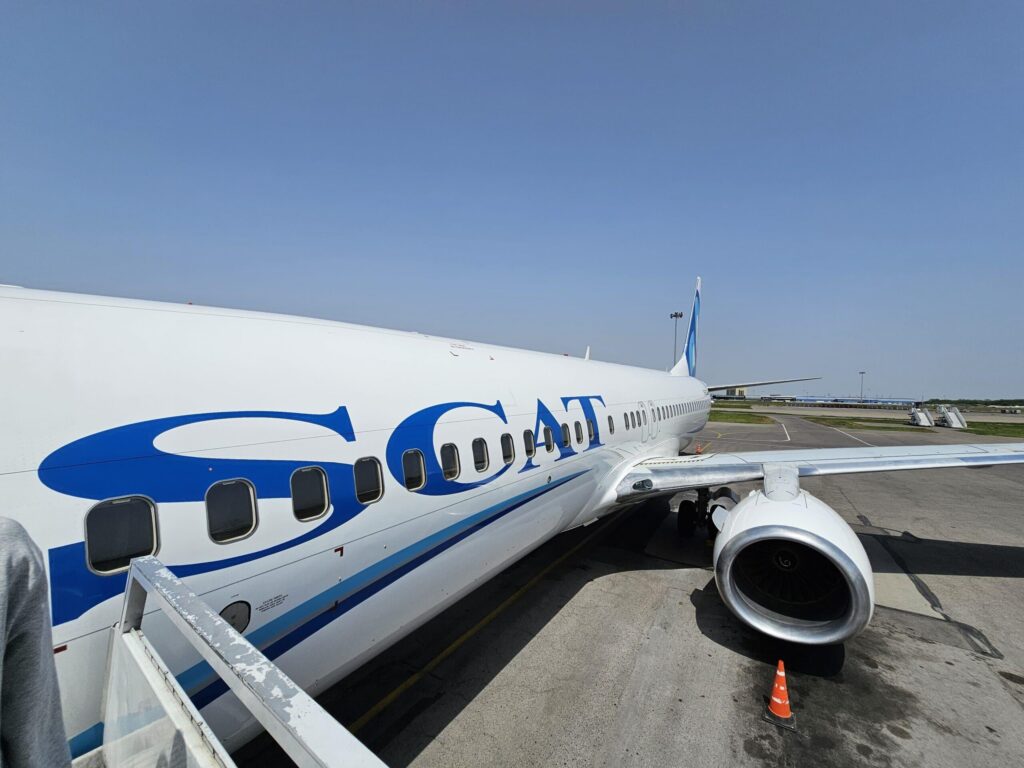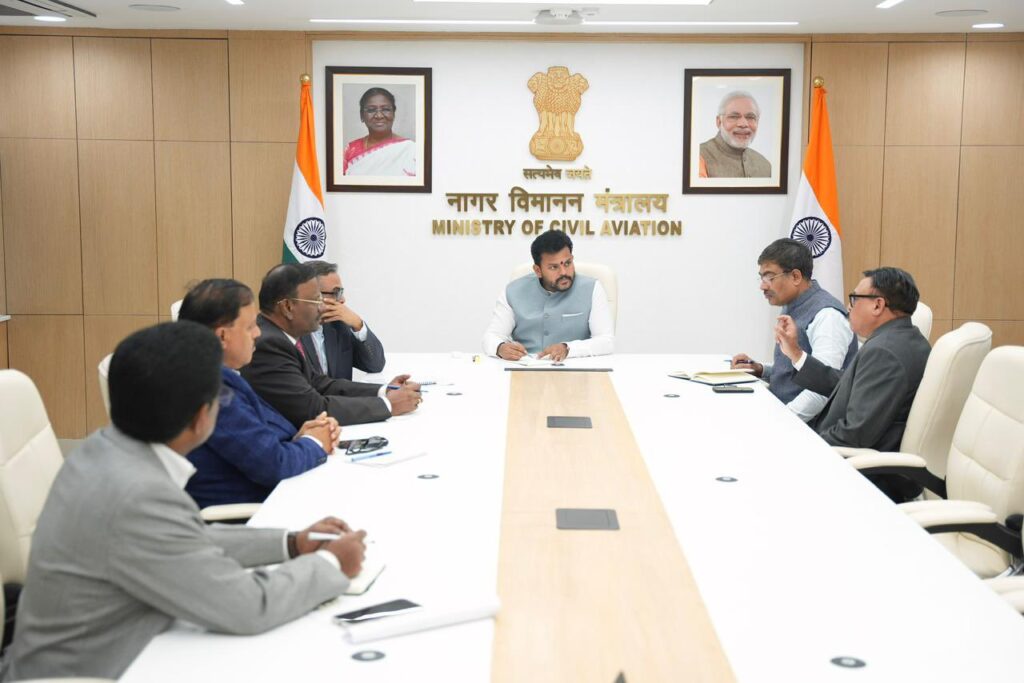
Checked Bags, Unchecked Risks: How to Protect Your Luggage When Traveling
Traveling is an adventure filled with excitement and anticipation. However, the journey can quickly turn sour when baggage mishaps occur. Even in today’s modern age, checking your bags still comes with risks that can derail your trip. In this comprehensive guide, we’ll delve into the hidden pitfalls of checked luggage and provide expert advice on what not to do, ensuring your travels remain smooth and enjoyable.
The Unseen Hazards of Checked Baggage
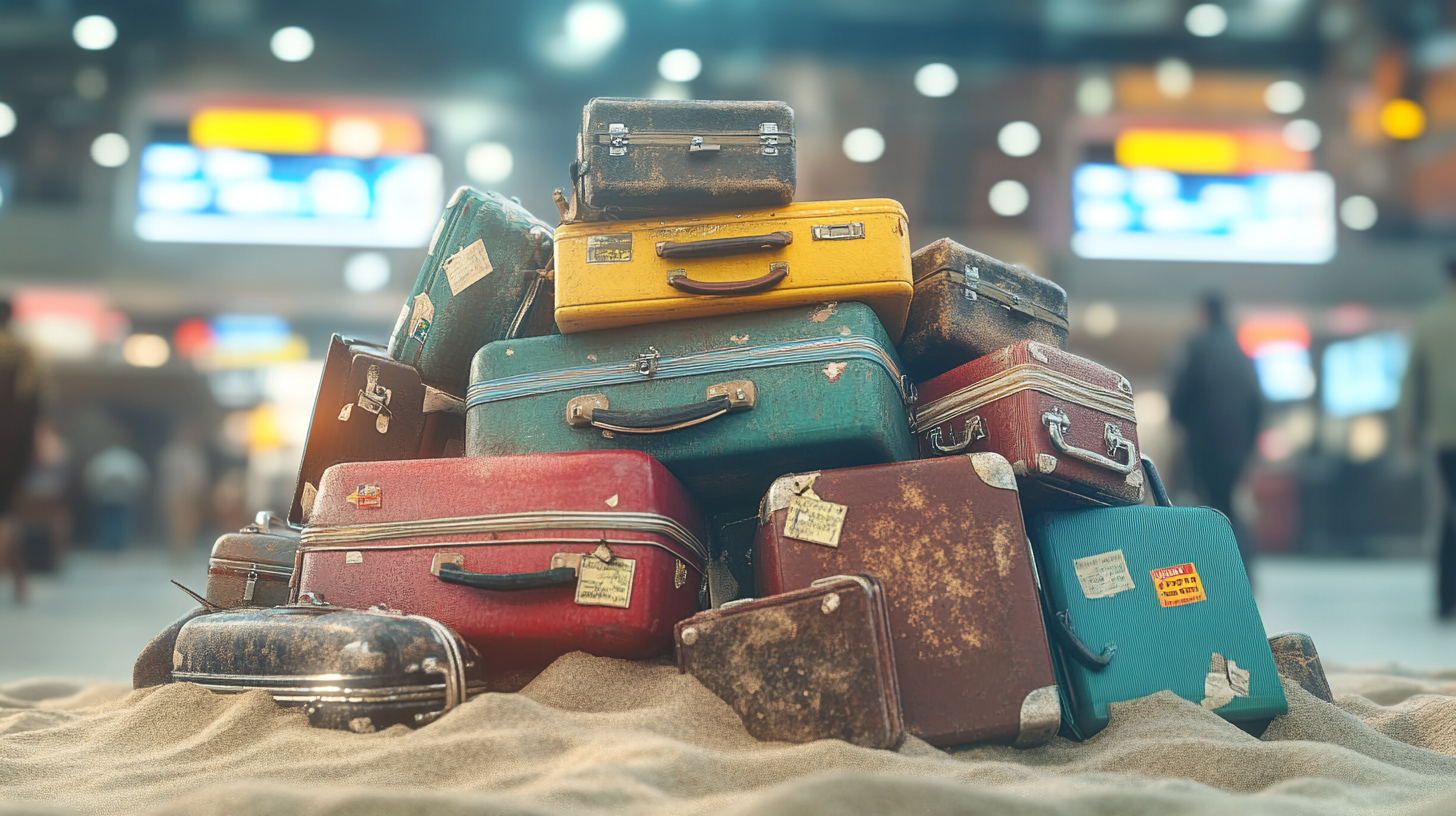
When you hand over your luggage at the airline counter, you’re entrusting your belongings to a complex system that doesn’t always operate flawlessly. Despite advancements in technology and logistics, the aviation industry still grapples with issues like lost, delayed, or damaged bags. Understanding these hazards is crucial for any traveler looking to safeguard their possessions.
Lost luggage remains a significant concern. According to the Department for Transport, millions of bags are mishandled globally each year. The frustration of arriving at your destination without your belongings can put a damper on any trip, whether it’s for business or pleasure.
Delayed baggage can be just as inconvenient. Imagine landing in a foreign country only to find out that your suitcase didn’t make the connection. You’re left without clothes, toiletries, or other essentials, forcing you to spend additional time and money to manage the situation. For strategies on coping with this scenario, read our guide on dealing-with-delayed-baggage.
Damage to luggage is another common issue. While airlines are responsible for handling your bags, the reality is that suitcases are often tossed, stacked, and subjected to rough conditions. Fragile items can easily break, and even sturdy luggage can suffer wear and tear over multiple trips.
Essential Items You Should Never Check
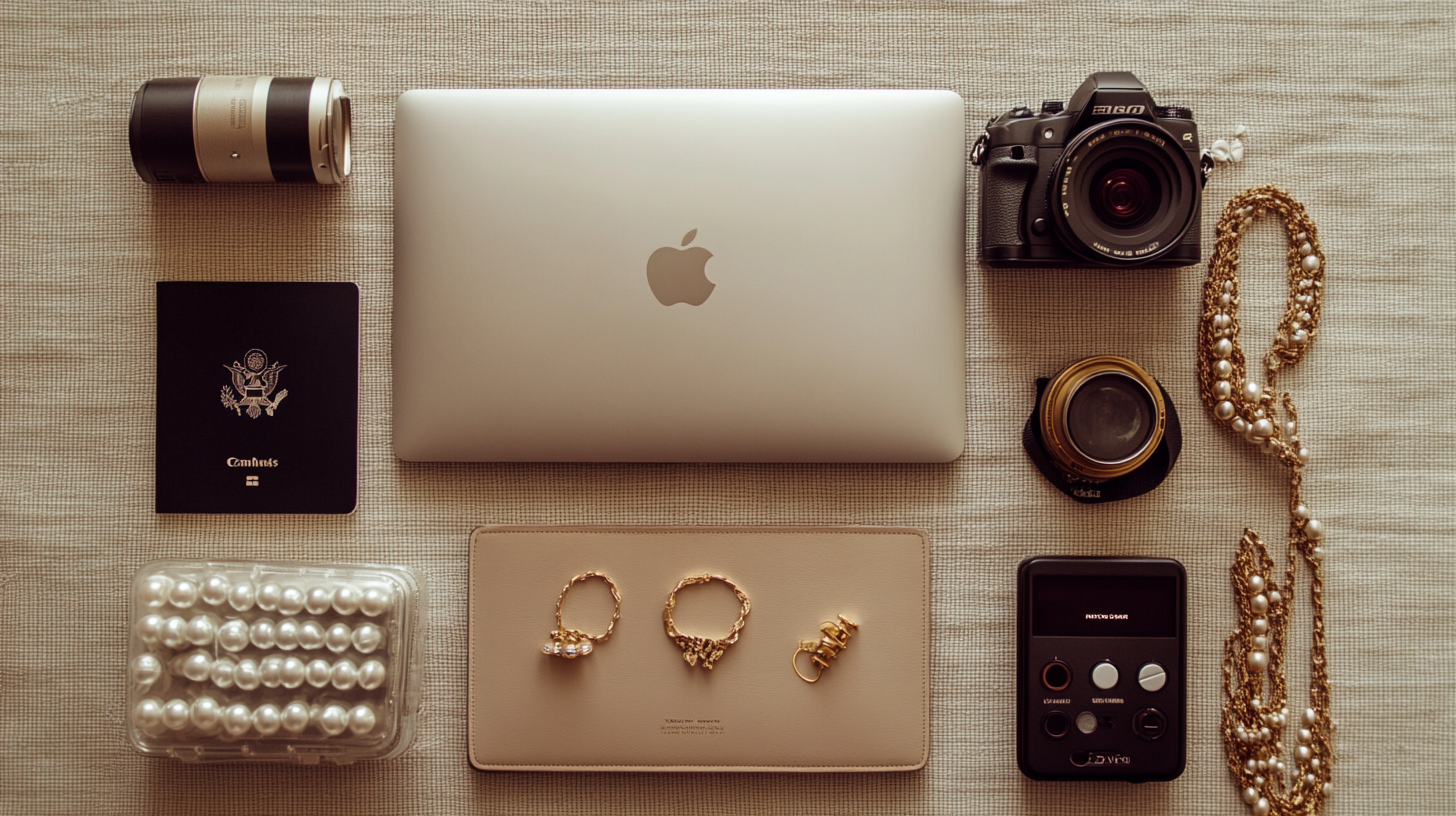
Packing for a trip requires careful consideration, especially when deciding what goes into your checked luggage versus your carry-on. Certain items should always stay with you to prevent loss, theft, or damage.
Valuables and Electronics: High-value items like jewelry, laptops, cameras, and other electronics should never be checked. The risk of theft or damage is too great, and airlines typically disclaim liability for such items. Keeping them in your carry-on ensures they remain under your watchful eye.
Important Documents: Passports, identification, visas, and essential paperwork must stay with you at all times. Losing these documents can lead to severe complications, especially when traveling internationally. Visit our article on keeping-your-documents-safe-while-traveling for more tips.
Medications and Medical Supplies: Always carry your prescription medications and any necessary medical equipment in your hand luggage. Checked bags can be delayed or lost, and access to your medication is vital. For guidelines on traveling with medications, see the TSA’s special procedures page.
Packing Mistakes to Avoid
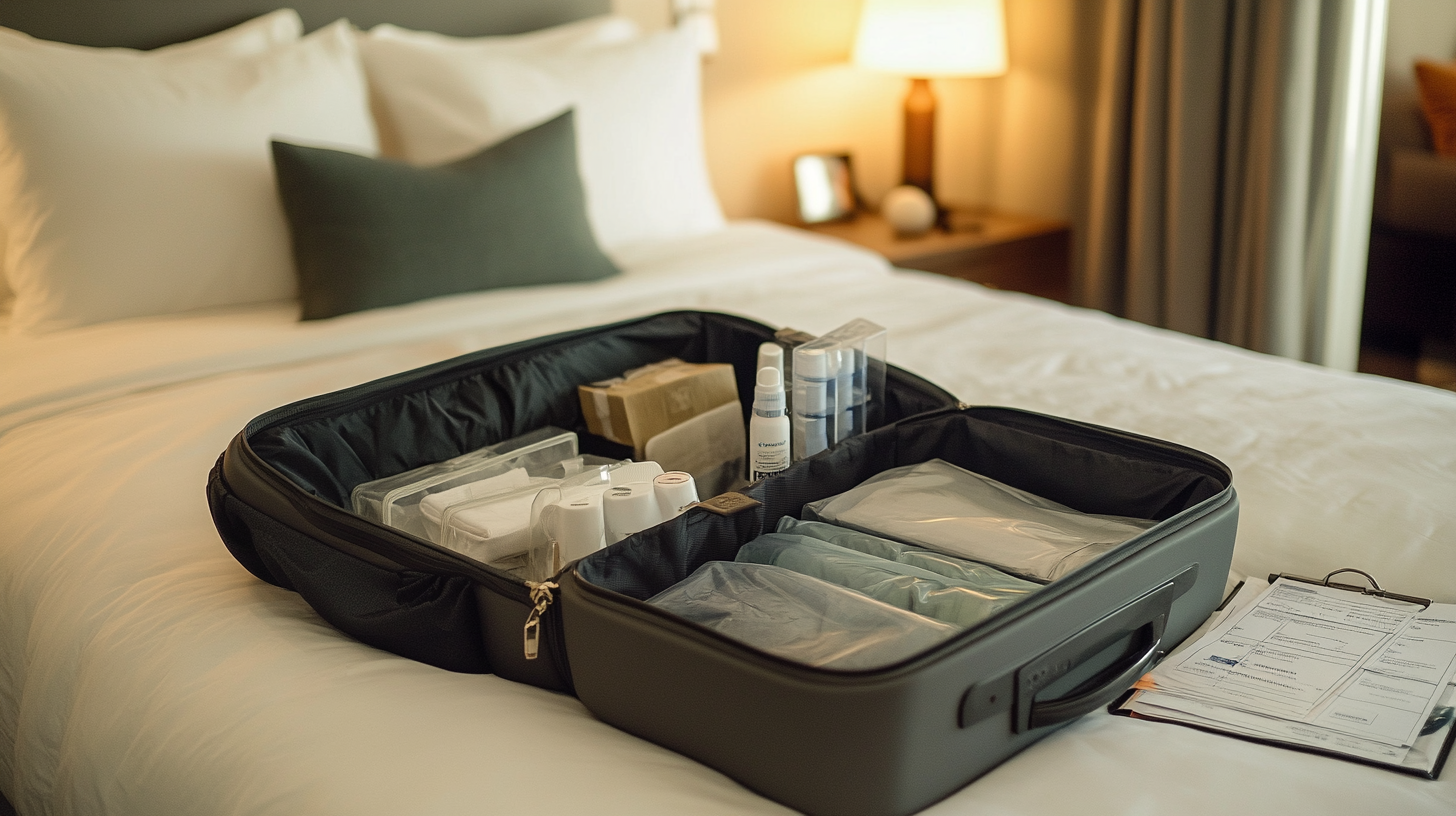
How you pack your checked luggage can significantly impact the safety and security of your belongings. Avoiding common mistakes ensures your items arrive intact and reduces the risk of mishaps.
Overpacking: Cramming too much into your suitcase can lead to damaged zippers or seams, causing your bag to burst open during handling. Stick to weight and size restrictions, and use luggage with sturdy construction. Airlines often impose fees for overweight bags, so it’s economical to pack light.
Poor Organization: Disorganized packing increases the risk of items shifting and breaking. Use packing cubes or compartments to keep items secure. Place liquids in sealed bags to prevent spills, and wrap fragile items in clothing or bubble wrap.
Ignoring Security Regulations: Packing prohibited items can lead to delays or confiscation. Familiarize yourself with the FAA’s hazardous materials guidelines to ensure you’re not carrying restricted articles in your checked baggage.
Not Labeling Your Luggage: Always include identification inside and outside your bag. In case external tags are lost, internal identification helps airlines return your bag more efficiently. Avoid displaying your home address to protect your privacy; instead, use a phone number or email address.
Enhancing Luggage Security
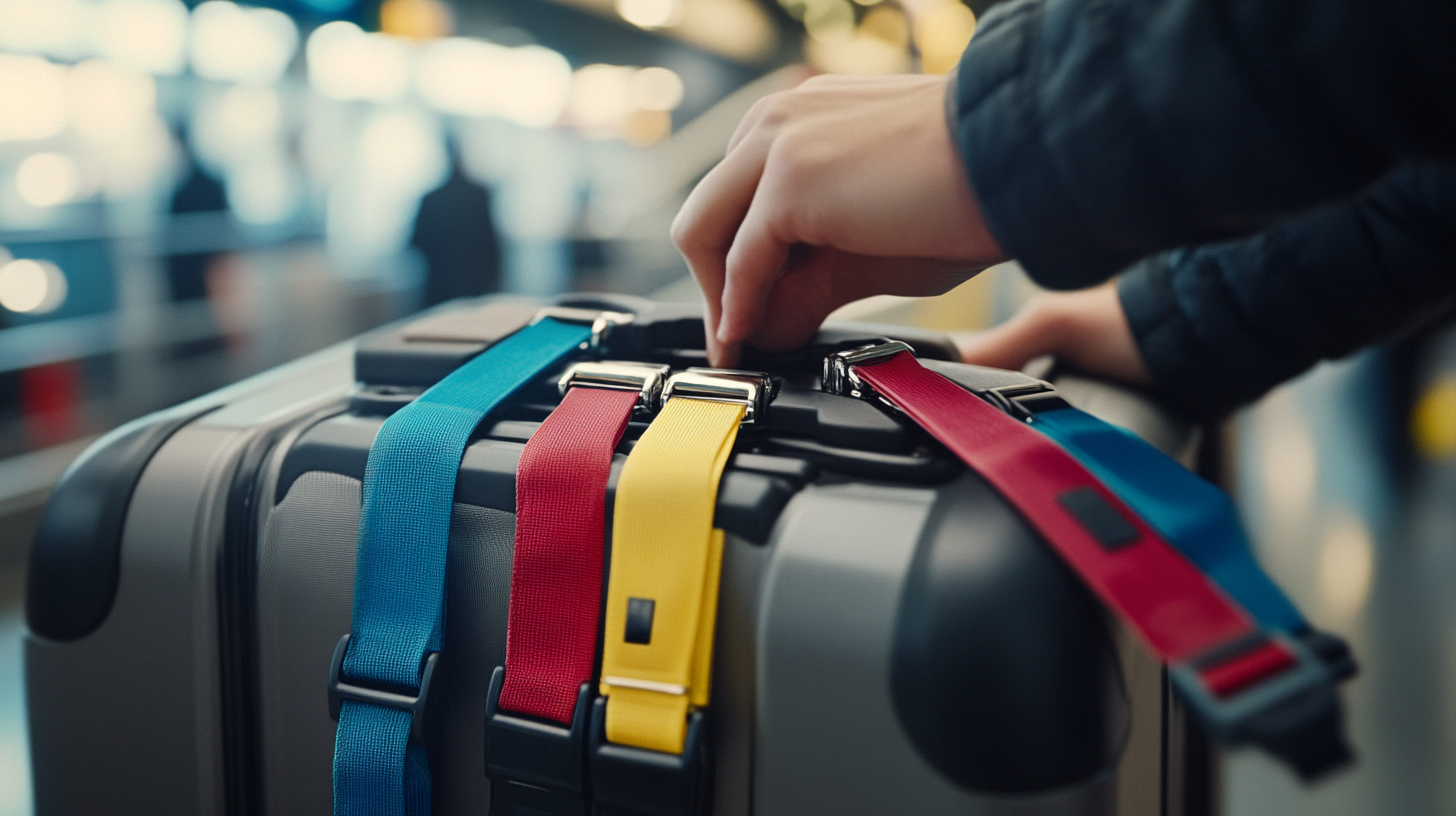
While you can’t control how your bag is handled behind the scenes, you can take steps to enhance its security and reduce risks. Investing time in securing your luggage pays off in peace of mind.
Use TSA-Approved Locks: These locks allow security agents to open and re-lock your bag without damaging the lock. Non-approved locks may be cut off if your bag is selected for inspection. Learn more about acceptable locks on the TSA website.
Secure Zippers and Compartments: Double-check that all zippers are fully closed and secured. Consider using zip ties or cable locks for additional security on compartments that don’t require frequent access.
Opt for Hard-Shell Suitcases: Hard-shell luggage offers better protection against impacts and is more difficult to tamper with than soft-sided bags. While they may be slightly heavier, the added security can be worth it.
Personalize Your Bag: Make your luggage stand out with colorful straps, stickers, or unique tags. This not only helps you spot your bag easily but also deters theft by making your bag less inconspicuous. For more personalization ideas, read our post on personalizing-your-luggage.
Leveraging Technology for Peace of Mind
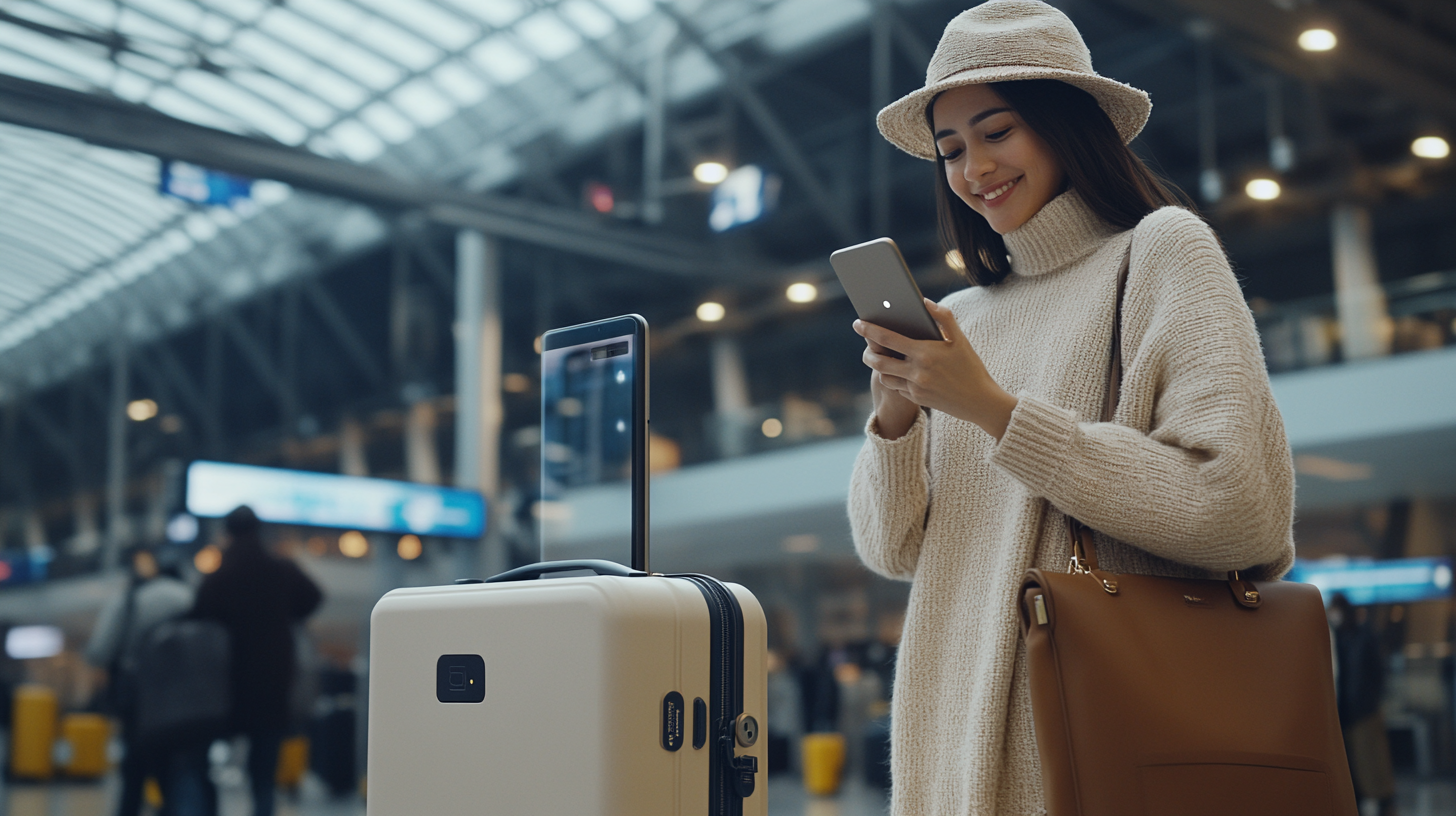
Technology has revolutionized the travel experience, offering tools to monitor and protect your checked luggage like never before. By embracing these innovations, you can stay informed and react quickly if issues arise.
GPS Luggage Trackers: Devices like the Apple AirTag or Tile Pro can be placed inside your luggage, allowing you to track its location via your smartphone. These trackers use Bluetooth or GPS technology to provide real-time updates, giving you visibility into your bag’s journey.
Airline Mobile Apps: Most airlines offer apps that provide notifications about your flight and baggage status. Enabling push notifications keeps you informed about gate changes, delays, and when your bag has been loaded or unloaded from the plane.
Digital Tags and Smart Luggage: Some luggage brands offer smart suitcases with built-in tracking and features like remote locking and charging ports. While convenient, be mindful of airline regulations regarding smart luggage, as some require the batteries to be removable.
For a comprehensive review of the latest travel gadgets, check out our technology roundup at top-travel-gadgets.
Navigating Airline Policies and Legal Rights
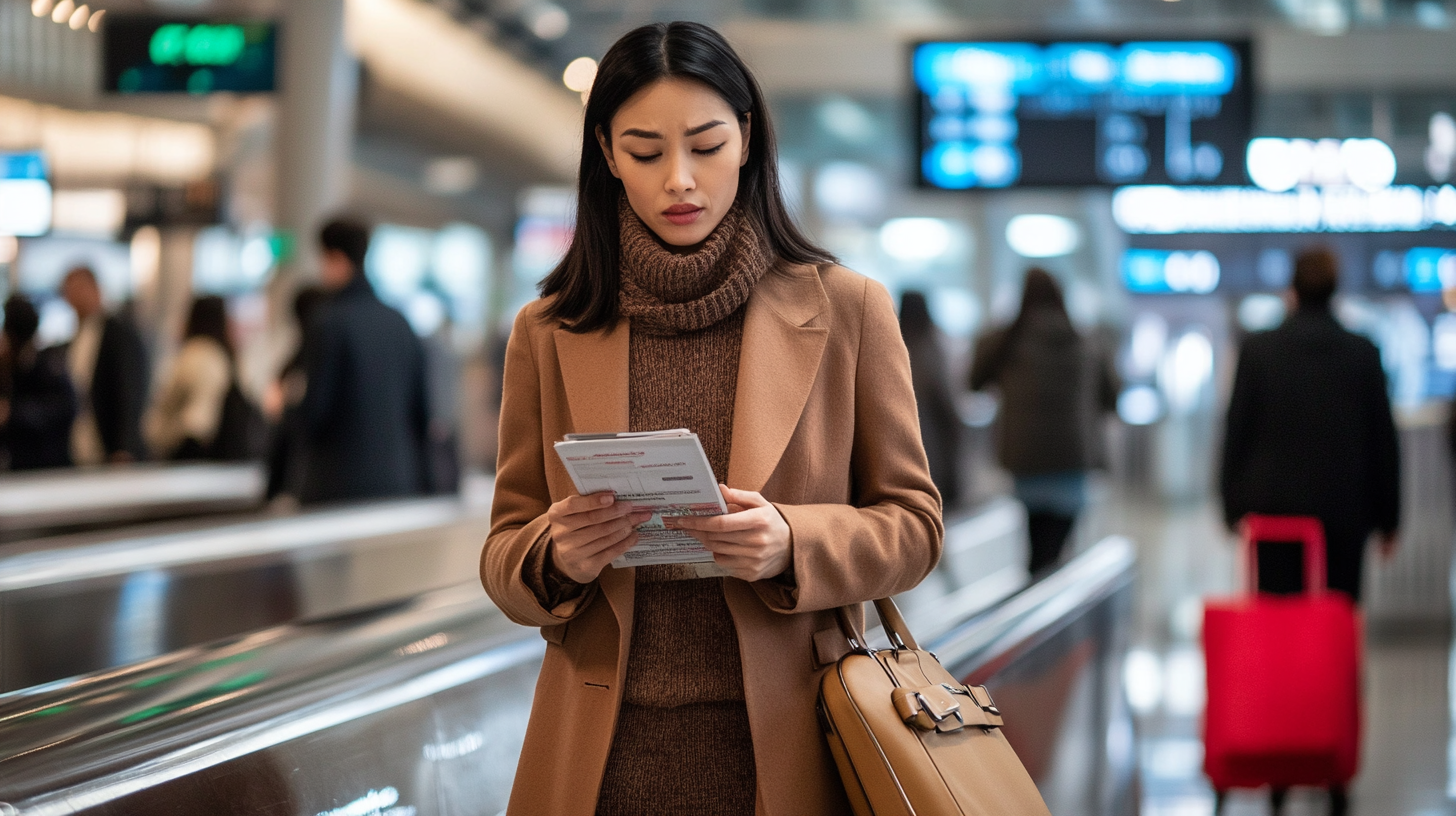
Understanding airline policies and your legal rights as a passenger empowers you to take appropriate action if issues with your checked baggage occur. Each airline has specific rules and procedures, so it’s essential to familiarize yourself with them before your trip.
Airline Baggage Policies: Review the baggage allowance, size, and weight restrictions for your airline. Policies can vary significantly, especially with international carriers or budget airlines. Exceeding limits can result in hefty fees.
Liability Limits: Airlines have maximum liability amounts for lost, damaged, or delayed baggage, often outlined in their conditions of carriage. Knowing these limits helps you assess whether additional insurance is necessary.
Filing Claims: If you experience a baggage issue, report it to the airline immediately. Obtain a written report and keep all documentation and receipts. Most airlines have strict deadlines for filing claims, so timely action is crucial. For guidance on this process, read our article at how-to-file-a-baggage-claim.
Legal Protections: International travelers may be covered under the Montreal Convention, which sets guidelines for compensation related to baggage issues. Understanding these protections can help you assert your rights effectively.
The Value of Travel Insurance
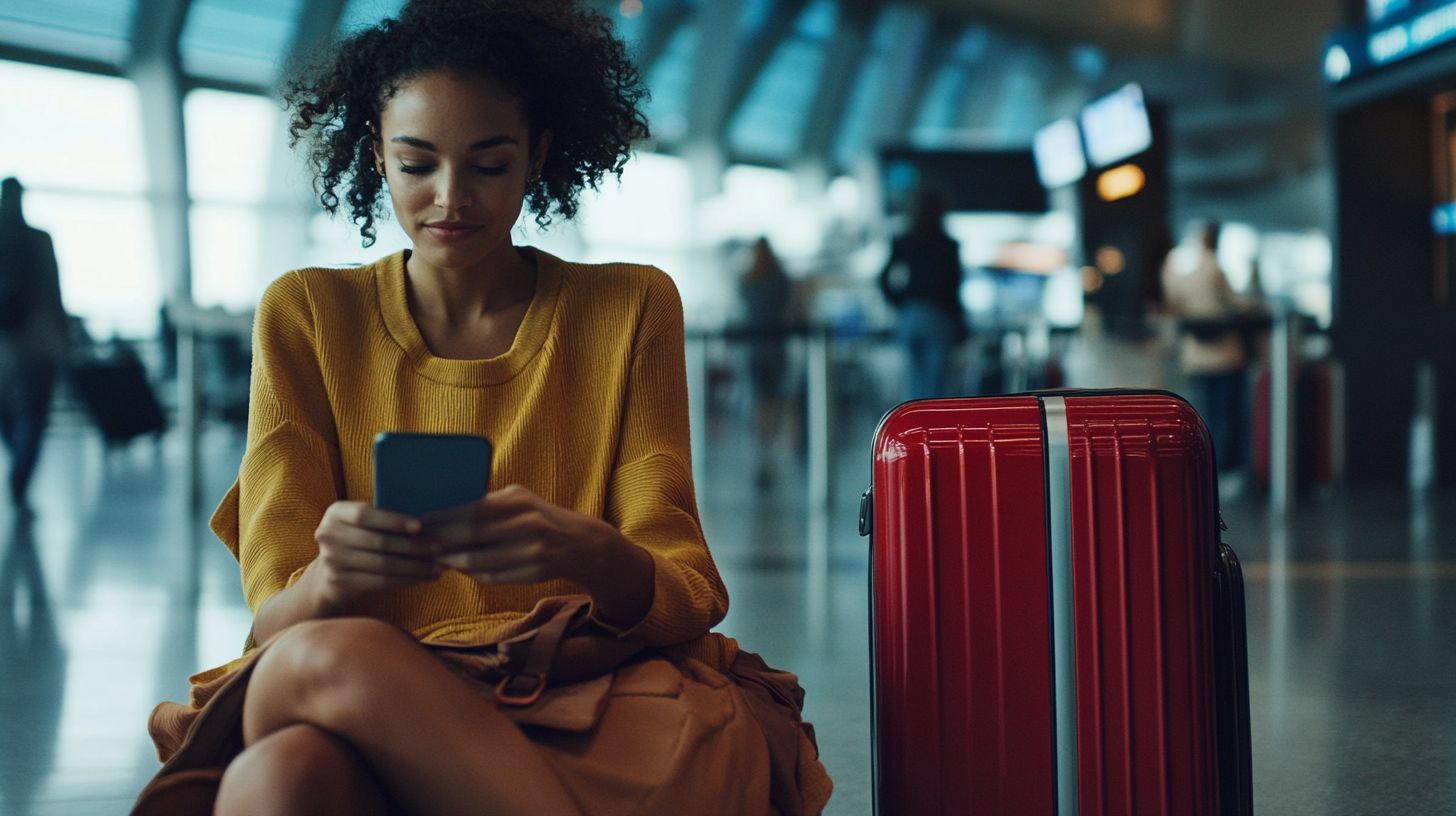
While airlines offer limited compensation for baggage problems, travel insurance provides an extra layer of protection. It can cover costs associated with lost, delayed, or damaged bags, making it a worthwhile consideration for many travelers.
Comprehensive Coverage: Travel insurance policies often include benefits for baggage issues, trip cancellations, medical emergencies, and more. Assess your travel needs to select a policy that offers adequate coverage. Compare options at Squaremouth, a platform for comparing travel insurance providers.
Credit Card Benefits: Some credit cards offer travel protections as part of their perks. Review your card’s benefits guide to see if baggage insurance is included. Utilizing these benefits can save you from purchasing additional insurance.
Timely Claims Process: In the event you need to file a claim, do so promptly. Provide all required documentation, including receipts for expenses incurred due to the baggage issue. For tips on navigating the claims process, visit our post at navigating-travel-insurance-claims/.
Peace of Mind: Knowing you’re covered allows you to focus on enjoying your trip rather than worrying about potential problems. Travel insurance is a small investment that can provide significant relief should the unexpected occur.
Final Thoughts: Traveling Smart with Checked Baggage
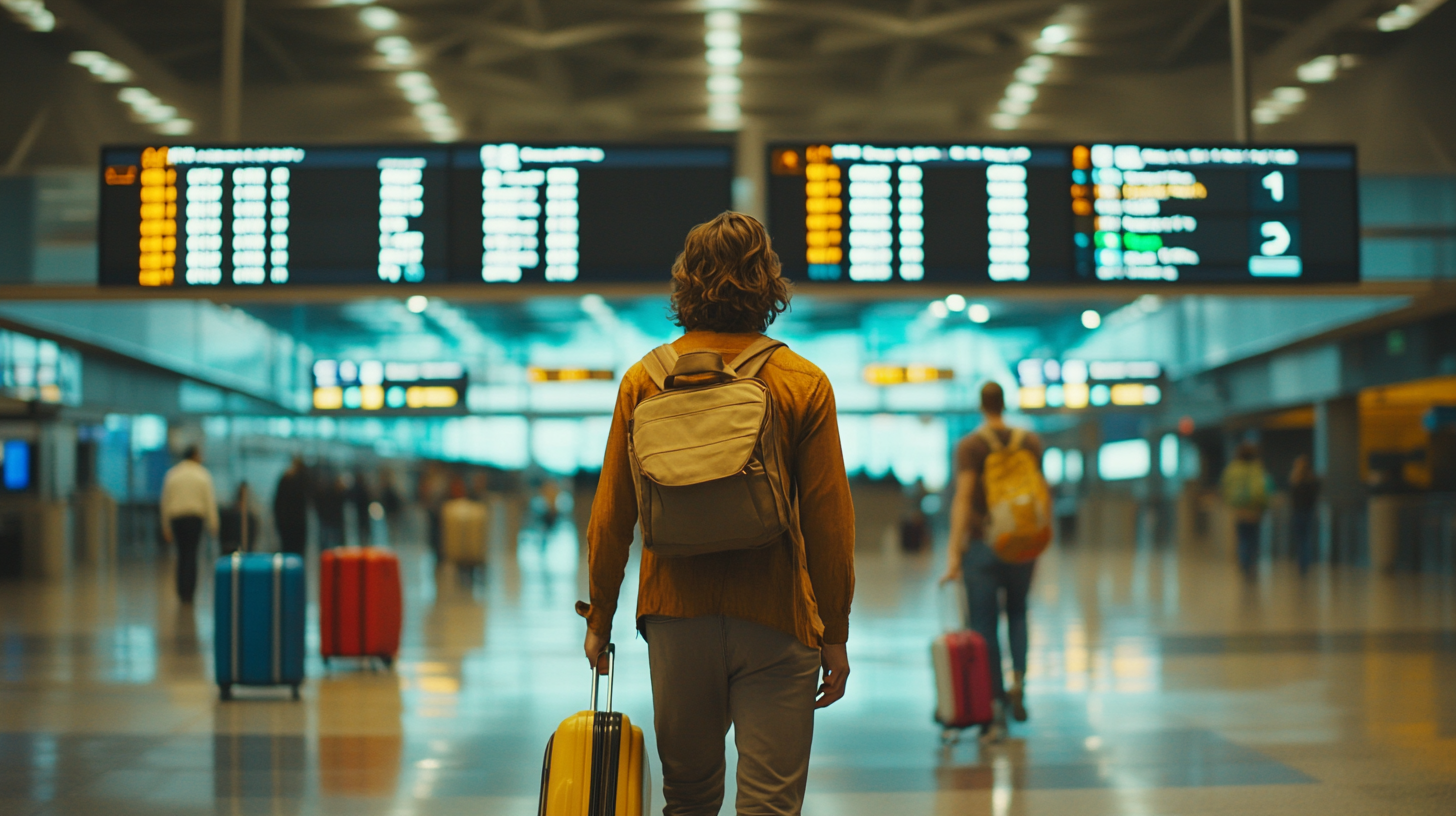
While checking your bags comes with inherent risks, being proactive and informed can greatly minimize potential issues. By keeping valuables with you, packing thoughtfully, enhancing your luggage security, leveraging technology, understanding airline policies, and considering travel insurance, you set yourself up for a stress-free journey.
Travel is about exploration and creating memories, not wrestling with baggage woes. Equip yourself with the knowledge and tools to navigate the complexities of air travel confidently. For more expert travel advice and the latest industry insights, follow us back over to BoardingArea, your trusted companion on the journey.
Wishing you safe travels and swift arrivals for both you and your luggage!




